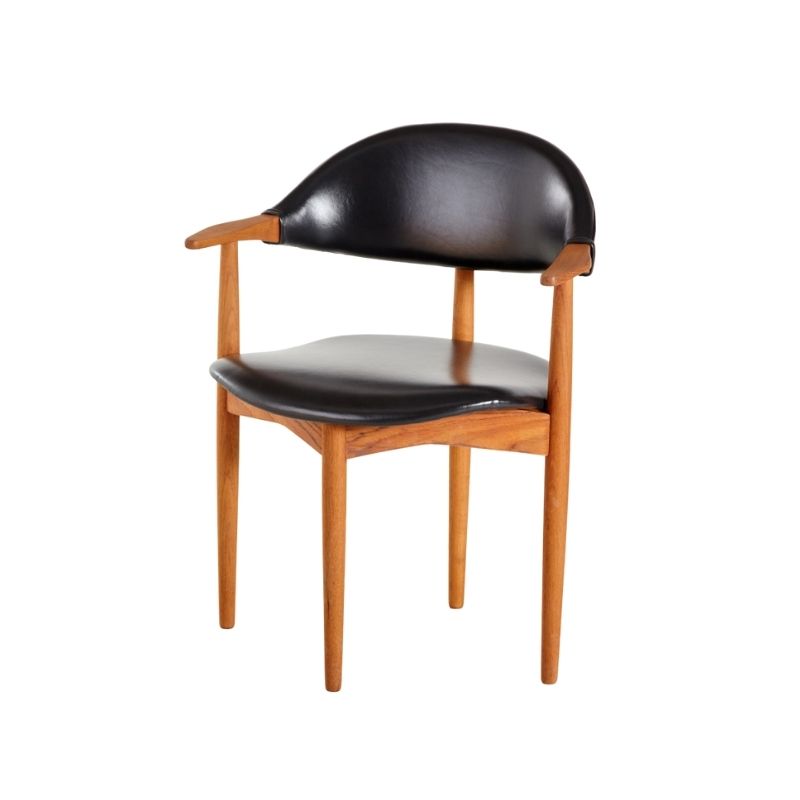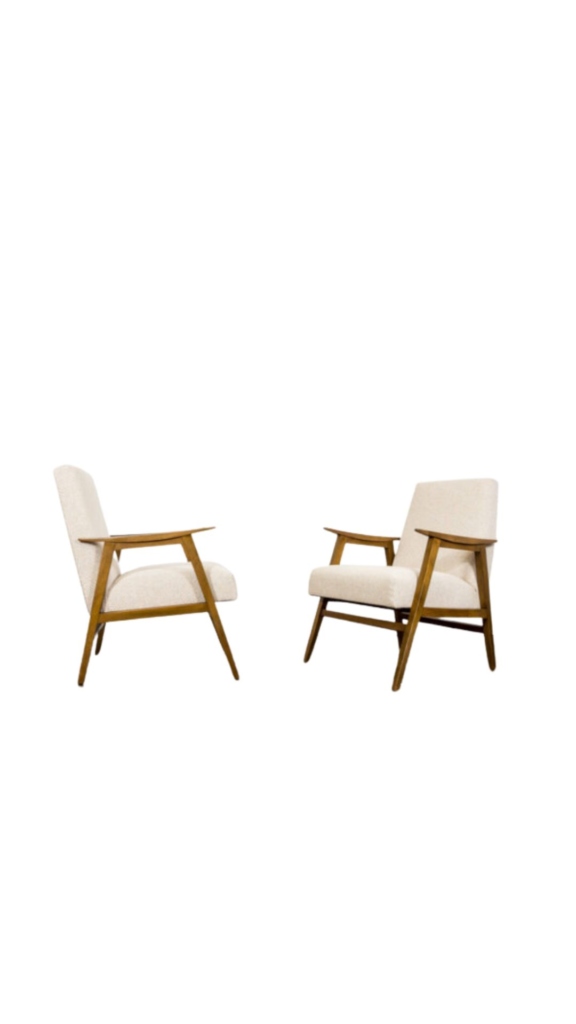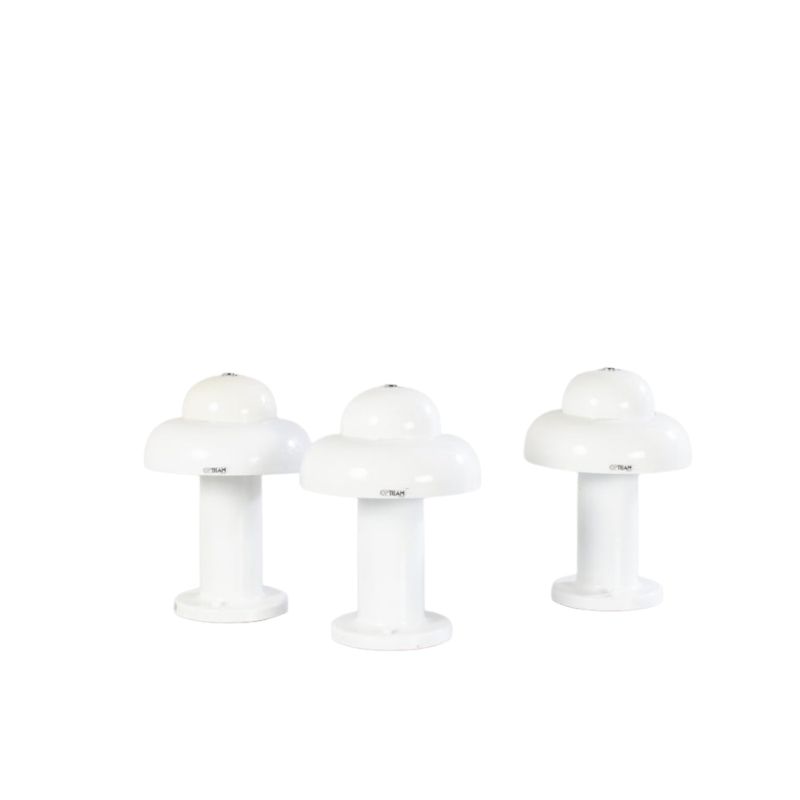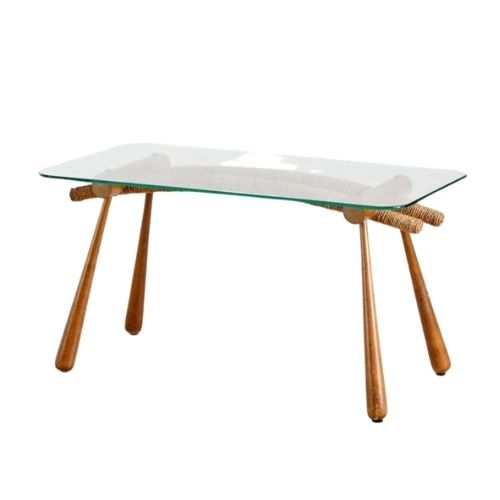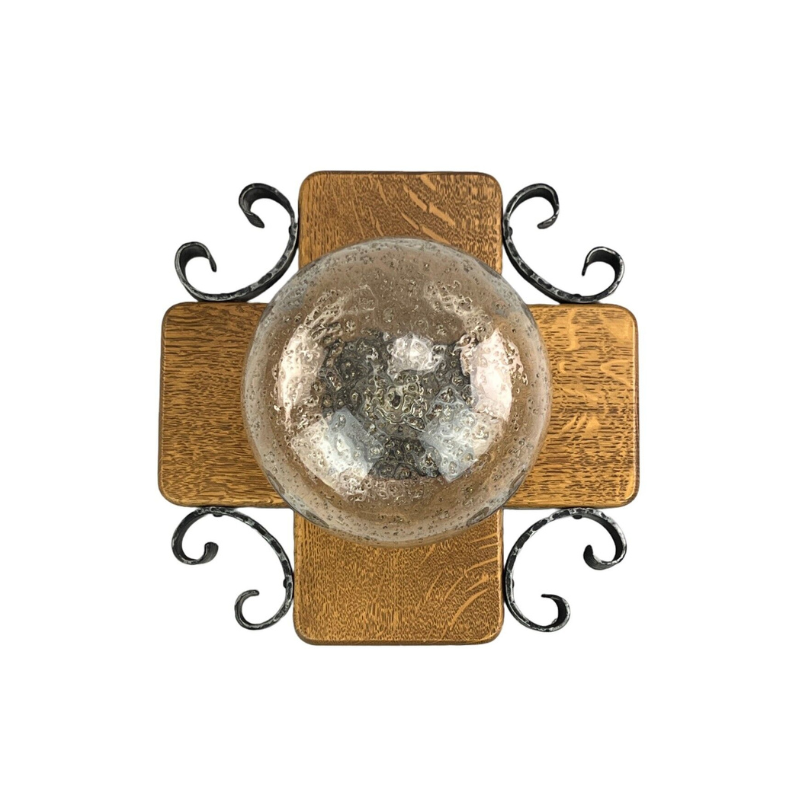I've been looking at Henry Van de Velde's furniture and utensils, then at Koen's ceramic pieces, then back to Van de Velde's work, and so on.
Observation: what makes both so authentic and beautiful is that every curve and edge is simultaneously ornamental and functional. Easy to say, hard to do.
It is really quite amazing looking at Van de Velde's 1906 Tea Service. It looks ornamented and stylish in an understated way at first glance, but then if you let your eye trace along each curve of the tray and the cream pitcher, the sugar bowl, and the tea pot, you see that each curve has an obvious function, too. Nothing is entirely ornamental.The intelligence,thoroughness and rigor of design he brought to bear on this tea service is truly formidable.
continued
Here I think is where much modernism went wrong. Modernists ceased to insist on the complete fusion of the form and the ornament in every line, because they decided throw out ornament. Hence, modernist design just can never be quite as deeply, resonantly authentic in composition. An edge or a curve just is contrapuntal to a flat surface, or a space. Certainly the edge or curve can have function in the modern, but it is like moderns have to live in denial about the contrapuntal effect of the edge or curve. The functionalists had it right. A curve, or an edge, has function AND ornament. Composing/designing with an eye only to the function/form is simplistic. Recognizing and composing with the irreducible ornament of edges and curves, especially in complete fusion with function/form, yields richness of design that is really quite remarkable.
I can see why modernists wanted to get rid of superficial ornament, or ornament unconnected to function.
But they goofed in rejecting fused function and ornament.
In Koen's ceramic kitchen products, one sees the same fusion of ornament and function in curves, edges, etc., but where Van de Velde was partial to ovals containing circles and partial spheroids, Koen's ceramics exhibit more variety of rounded geometric forms (at least across the line of all his ceramic products so far), more of a sense of components in an individual item, and more of a stand alone quality to each item.
continued
Koen's ceramics are democratic. They can stand alone, or together, as citizens can, but they lack the hierarchical sense of ordering of objects that Van de Velde's designs had. I suppose this makes some kind of deep sense. Van de Velde lived and worked in a world with a strong hierarchical class system. Koen has lived during a time when the hierarchical class system has broken down considerably.
It is this democratic aspect of Koen's individual ceramic objects--each unique, yet each sharing much in common--alike AND different--that appeals to me so much. I'm a product of a 20th Century little d democracy that is itself on the wane right now as we rush head long into central bank totalitarianism and de-representative government, and imperial producer oligopolies.
Hey, Van de Velde and Koen were speaking clearly and authentically through their crafts. Archeologists will be able to tell a lot about our worlds in their times from these two master crafts men! Mastercrafts men are not didacts. Their work embodies their message, sometimes beyond even their own understandings. Their work does not necessarily tell us what was popular in their time. It tells us what was true. Occassionally, an Eames is popular and true. More often the truth is born in the artifacts of the less popular, but equally good.
Isn't it interesting how it took two data points--Van de Velde and Koen--to help me understand either one with fitting depth?
Question: why does my eye see curvature as more ornamental and flat surfaces as more functional, when in fact both curved surfaces and flat surfaces are contributing both function and ornament in the works of these two master craftsmen?
Second Question: Koen, isn't it about time you make a ceramic tea service? Or have you already done that?
Koen winning the Van de Velde award makes much deeper sense to me now.
If you need any help, please contact us at – info@designaddict.com




